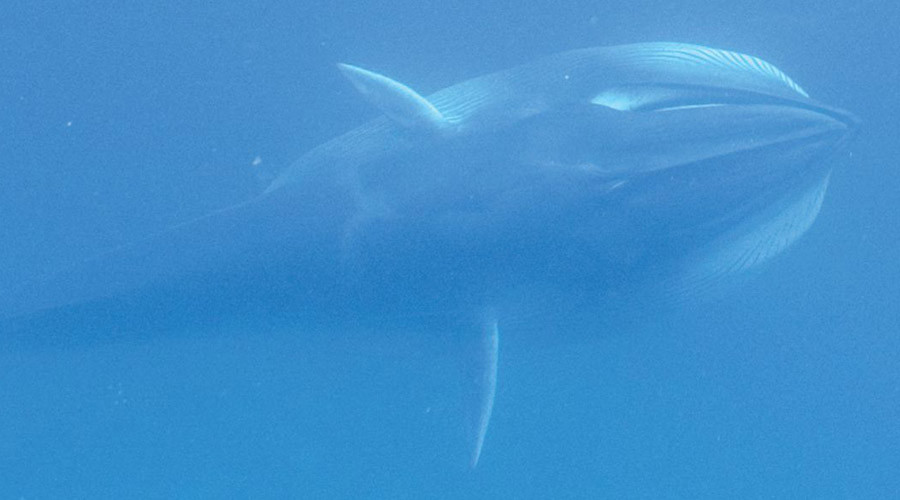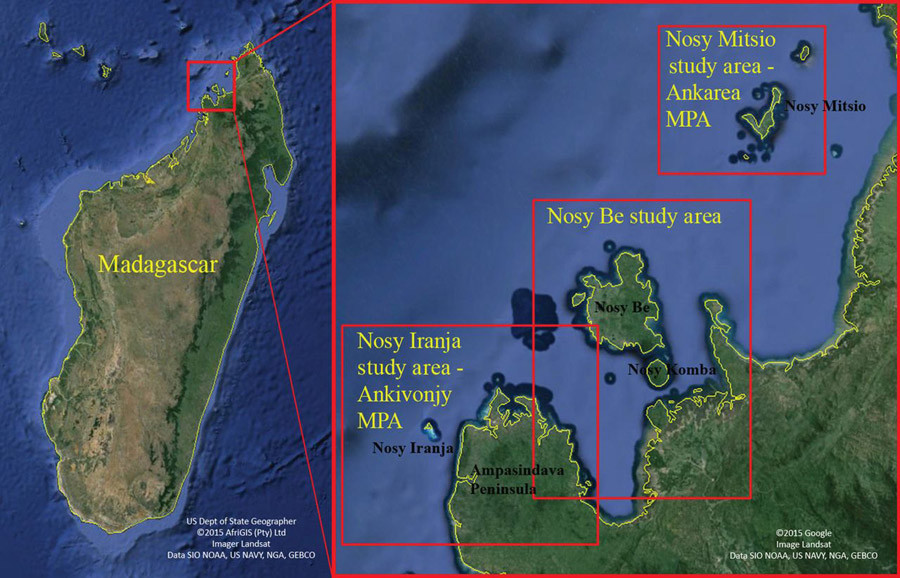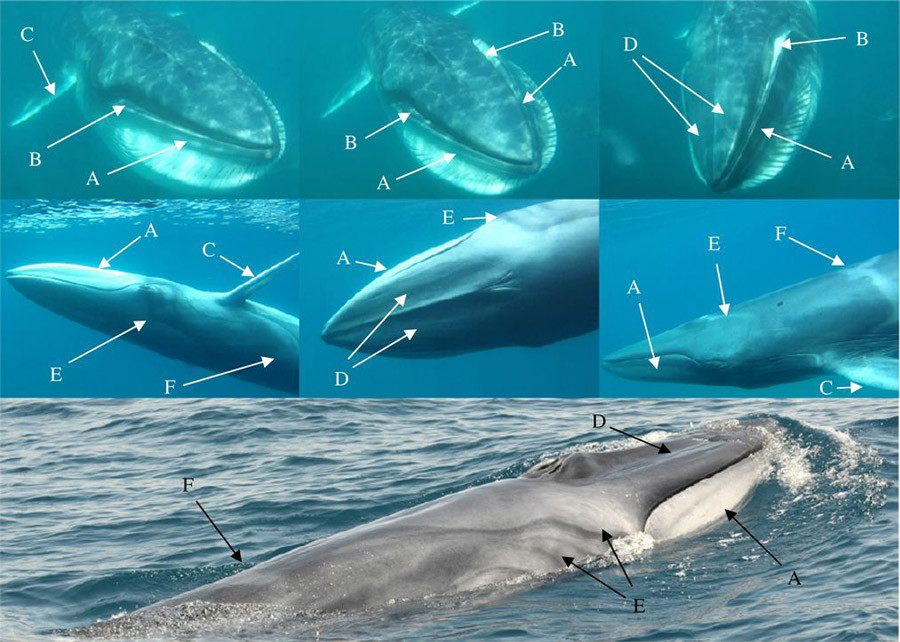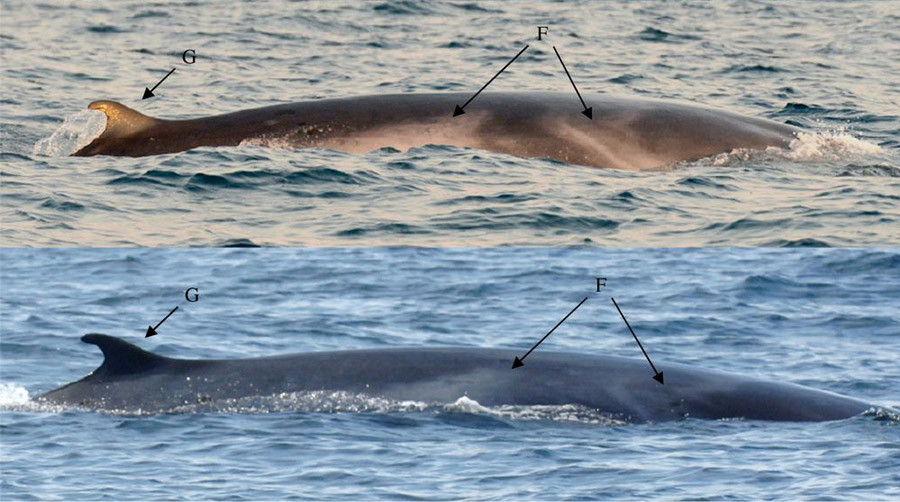
© rsos.royalsocietypublishing.org Omura's whale
The elusive Omura's whale has been documented for the first time ever by an international group of scientists, over a decade after the mysterious mammal was described as a new species.
Previously, no living Omura's whales had been observed in the wild, according to the study published in the Royal Society Open Space journal.
Researchers confirmed that they are tracing the first-detected living population of Omura's whales.
Salvatore Cerchio, of Woods Hole Oceanographic Institution, along with his colleagues, started their observations eight years ago, and until 2011, their search was in vain.
"They appear to occur in remote regions and are difficult to find at sea because they are small," he said.

© rsos.royalsocietypublishing.org Location of the study site off northwest coast of Madagascar, including the Nosy Be and Nosy Iranja study areas.
Then, they spotted the elusive species for the first time. Initially, researchers thought they had seen the species called Bryde's whales, bigger and without specific markings characteristic of Omura's whales: the right side of the jaw is dark, while the left side is lighter.
"From the little information on their habitat and range, Omura's whales were not supposed to be in that part of the Indian Ocean," Cerchio said.

© rsos.royalsocietypublishing.org Images of Madagascar Balaenoptera omurai displaying details of pigmentation and external appearance.
However, in 2013, they observed more whales and obtained skin biopsies from 18 adult whales, confirming the animals are indeed Omura's whales.
The scientists also observed four mother whales with their calves, and recorded their song-like voices. About 25 whales have been photographed so far, but the size of the population remains unconfirmed.

© rsos.royalsocietypublishing.orgImages of Madagascar Balaenoptera omurai displaying details of pigmentation and external appearance.







Reader Comments